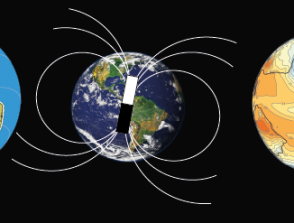Acquisition of remanent magnetisation in sediments
Start: 01 October 2014
End: 22 May 2019
Supervisors :
Jean-Pierre Valet, Guillaume St Onge (ISMER, Canada)
Related teams :
Paleomagnetism Paleoclimate Environment (PAMCE)
Status: Defended





